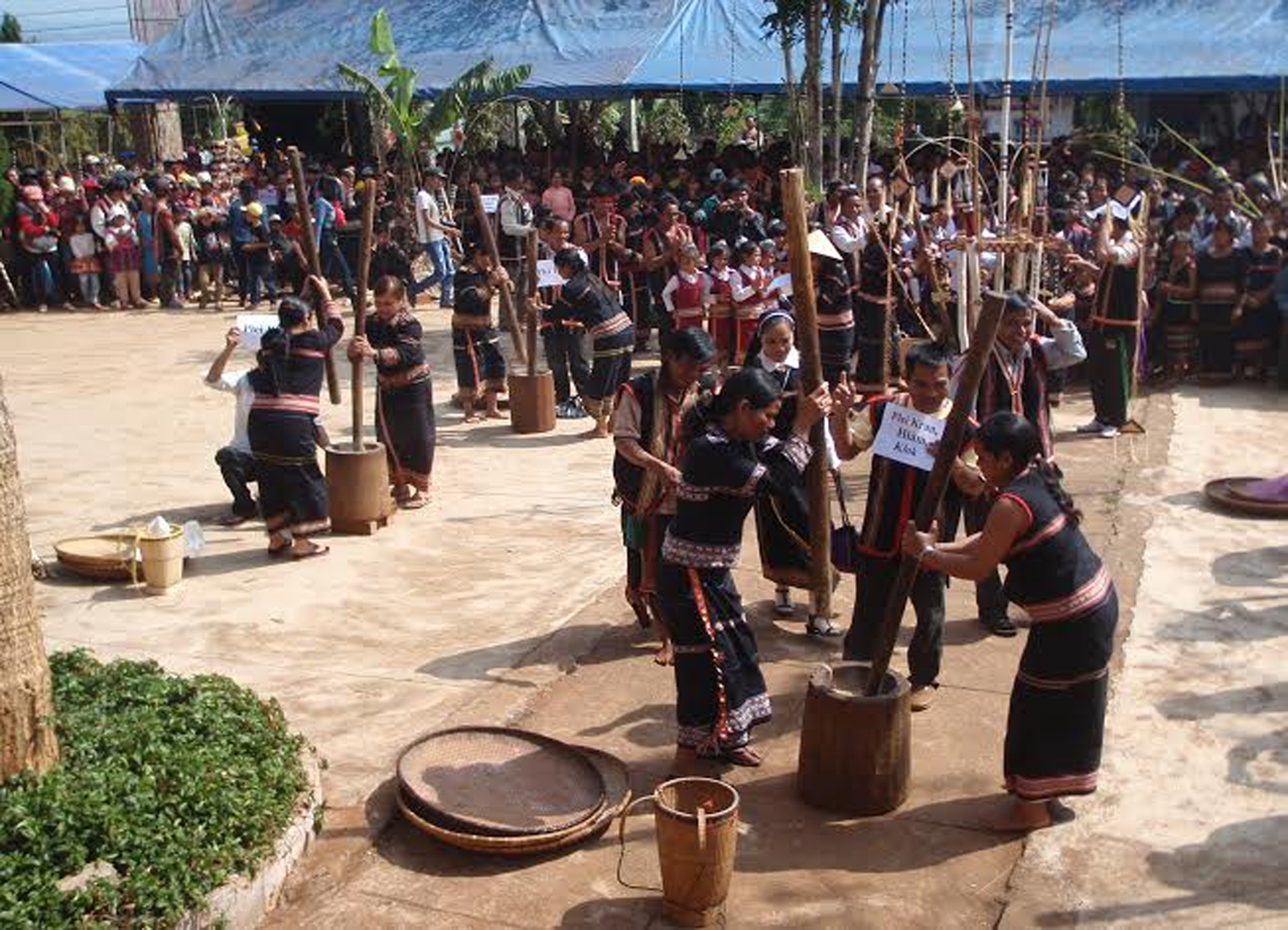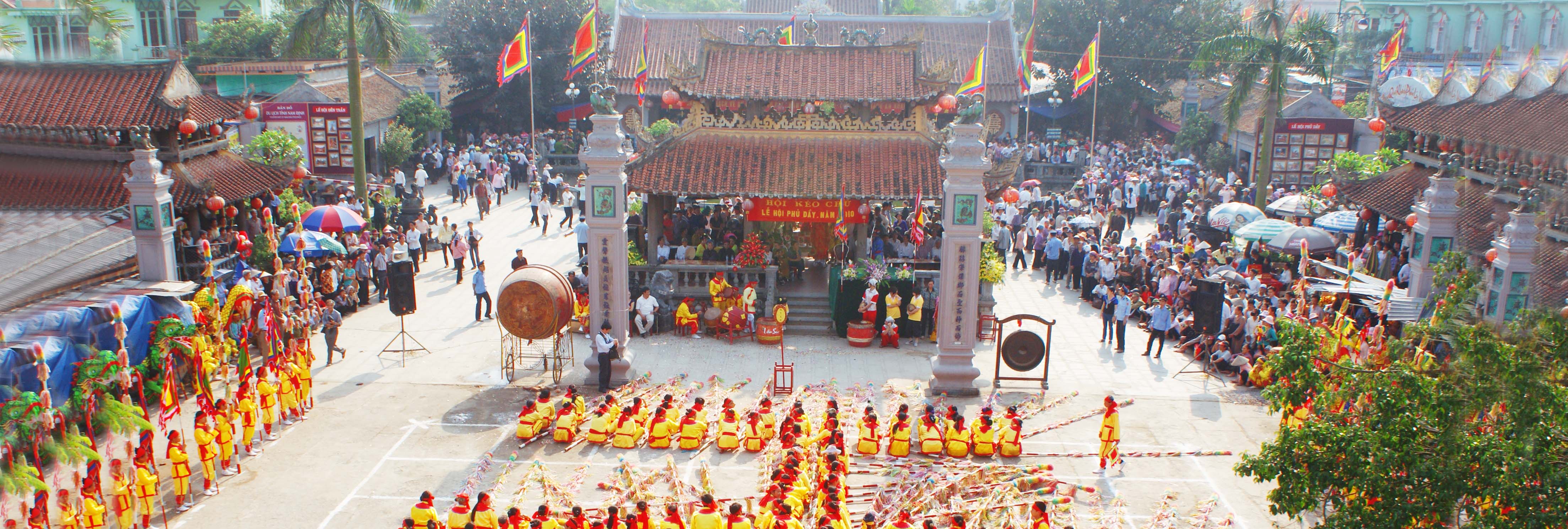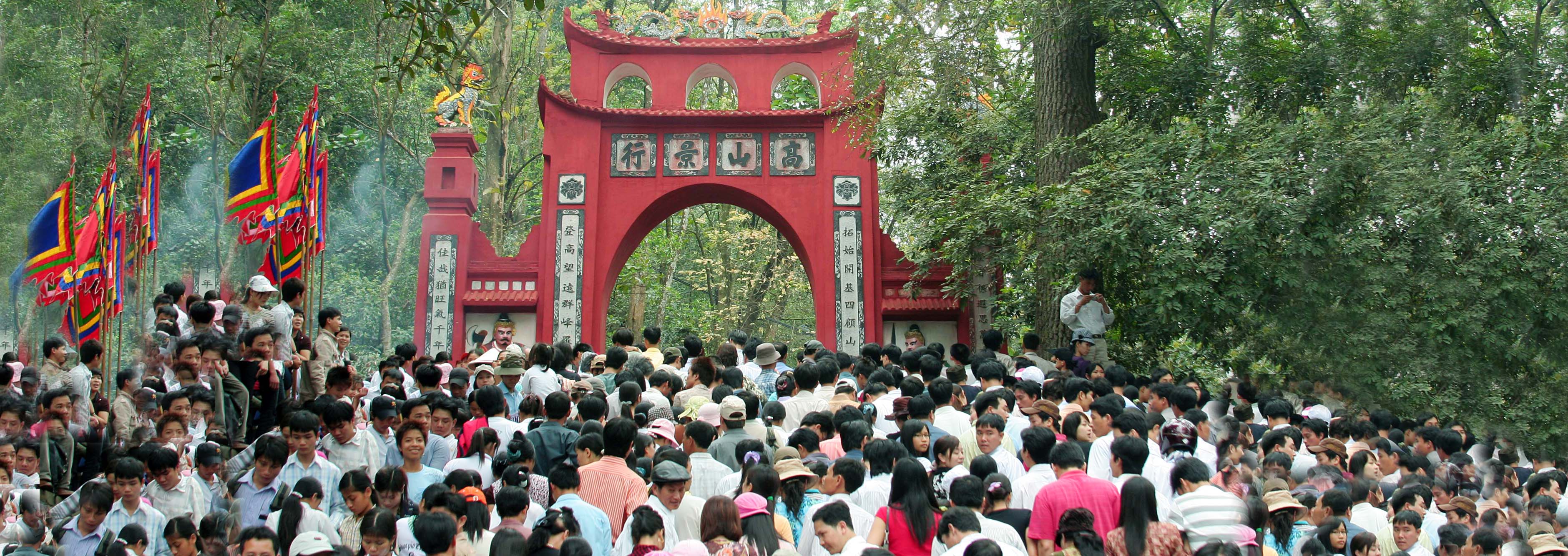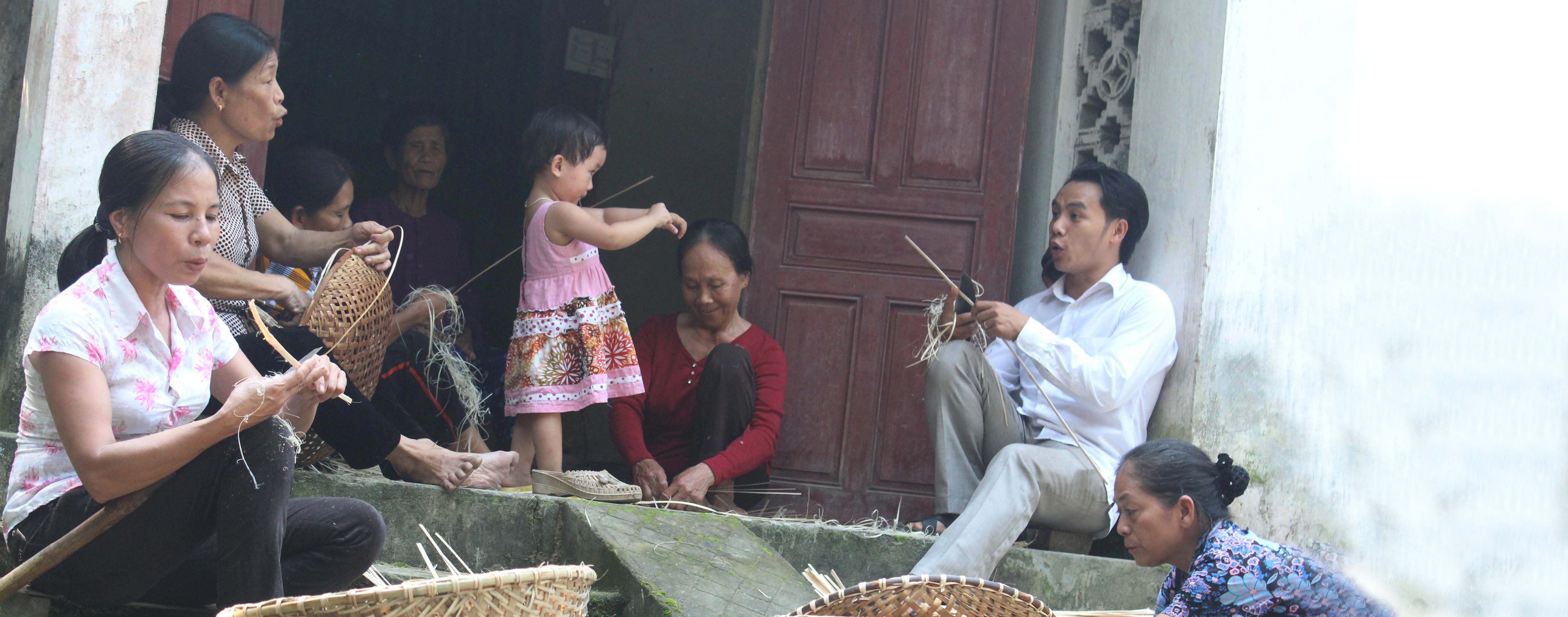Space of Gong Culture in the Tay Nguyen

Geospatial: Scattered across five Central Highlands provinces of Kon Tum include, Gia Lai, Dak Nong, Dak Lak, Lam Dong today.
Time organization: Commonwealth of indigenous peoples cultural heritage Highlands gong still regularly practiced his legacy in festivals, ceremonies, cultural events of local art as well as of area.
Community heritage employers: Employers of space of gong culture was resident Mon-Khmer ethnic groups (Banar, Gie-triêng, Sister sign, Ro-platter, Mnong, Coho, Coatings, Brau) of South Asian linguistic and ethnic Malayo Polinesi (Ede, Gia Rai, Chu Ru) of Austronesian languages.
Identify legacy: With the Montagnard, gong is a sacred object. People who believe in each Central Highlands gongs, gong are a god dwelling. As a sacred character should sound gongs and sacred nature, humans have used it as a language through which they "dialogue" with the ancestors and gods.
If you've ever attended a gong show, everyone will be fascinated by the unique sound emanating from the gong, the gong with impressive dances of ethnic Highlands. The gong set usually consists of multiple sets, each with different numbers, different sizes depending on the ethnic group, but usually 7-8 children, the more up to 12 females and arranged in order of head largest and incrementally. The process is as follows: "First, an impressive eight co la, followed three impressive gong and after all is a man with a drum.
So far, the gong culture is still evident in the lives of the indigenous peoples because it remains attached to the ceremonies, their activities or cultural events of local art as well as of area. Gongs and gong activity remained unchanged appearance sticking folk, rustic but strong, subtle and deep jungle where.
Inventory Report: Space of Gong Culture in the Tay Nguyen
Safeguarding Measures: Space of Gong Culture in the Tay Nguyen
List of Master Practitioners: Space of Gong Culture in the Tay Nguyen
Photos: Space of Gong Culture in the Tay Nguyen











